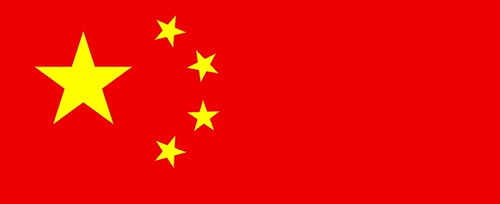
Tucked away in the heart of pretty Niagara-on-the-Lake, far off the beaten track, the grape-laden old vines sway ever so gently in the warm summer breeze.
The grapes are plump, the vines gnarly, and harvest is expected to come much earlier than ever before.
There is great hope that the grapes in the Lot 31 Vineyard at Marynissen Winery will be good enough to make a single-vineyard Cabernet Sauvignon, a legendary wine that is only made in the very best vintages.
There is history here. It is one of the most significant vineyards in Canada, planted by one of the industry’s most important pioneers.
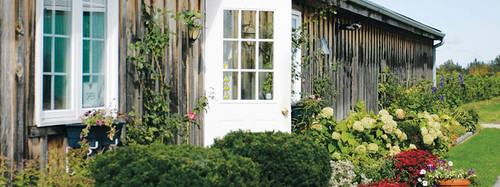
Lot 31 Cabernet Sauvignon was planted by John Marynissen in 1978, long before it was popular to plant vitis vinifera (noble) varieties in Canada.
In 1976, Marynissen, who came to Canada with his wife Adrianna in 1952 from their native Holland, tore out his Labrusca (hybrid) grapes and planted vinifera varieties: Gamay, Chardonnay, Merlot, Gewurztraminer and Riesling. In 1978 he took a bold path and planted what is now the oldest commercial planting of Cabernet Sauvignon in Canada. He was the target of some criticism at that time as the “experts” of the day told him he was foolish to plant these varieties as they would not survive the harsh Ontario winters. Yet that same year, Marynissen was named the Grape King of Ontario, an honour bestowed upon the grape grower of the year.
A legend was born.
It wasn’t until the early 1990s that Marynissen was convinced to convert the old pork barn on his property along Railroad Street into what is now Marynissen Estate Winery. In 1992, the doors officially opened and success quickly followed.

Marynissen and his daughter Sandra happily made commercially awarded wines and developed a large following. In the early 2000s John Marynissen stepped aside from winemaking and watched as Sandra led the winemaking until 2007, when current winemaker Jeff Hundertmark took over the reins.
Marynissen died in January 2009 at age 84. His passing was devastating to the surviving family, especially Sandra, and her husband Glen Muir and the family turned their attention to selling the historic winery and vineyards.
“When Sandra lost her dad it just wasn’t fun anymore. Sandra misses him,” Muir said.
In May, Marynissen was sold lock, stock and barrel, along with the historic Lot 31 Vineyard, and a new chapter began for the winery. And a new chapter for Niagara.
It’s now in the hands of Chinese buyers and the wine from the historic Lot 31 Vineyard, at least half of the production, is destined for mainland China.
Marynissen isn’t the first to sell its winery and the history behind it to the Chinese.
•••
In 2007, Tonhwa Grape Wine Co. Ltd. from China purchased a 70% stake in Niagara’s King’s Court Estate Winery for $6.6 million. Tonhwa Grape Wine is located in China’s Jilin province.
In British Columbia’s Okanagan Valley, First Estate Winery, which was indeed the first estate operation in the valley when it opened in 1978, was purchased in 2010 by a group of investors from China.
Also, Bravo Enterprises, a company owned by Chinese mining executive Yong Wang, bought Naramata Bench winery Lang Vineyards in 2011.
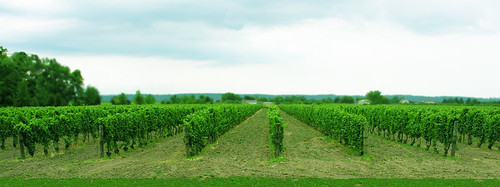
And, according the Ottawa Business Journal, wealthy Chinese investors plan to spend more than $100 million creating a winery on the St. Lawrence River in the Thousands Islands tourist region named Eagle Point, which is just north of Rockport.
According the publication, the investors paid $20 for the mansion and surrounding vineyards that already produce wines.
In France, Chinese interests have been buying up Bordeaux châteaux at feverish pace, 20 at last count, and have now turned their attention to coveted properties in Burgundy, the first of which, Chateau de Gevrey-Chambertin, acquired in August by an unnamed casino magnate from Macao, that set off a storm of controversy.
Marynissen won’t be the last to sell to an aggressive push by Asian interests in Niagara and other Canadian wineries.
•••
Fielding Estate Winery on the Beamsville Bench is used to the calls, a common occurrence across the wine regions of Ontario and the Okanagan Valley. According to Fielding owner Curtis Fielding, the calls go something like this:
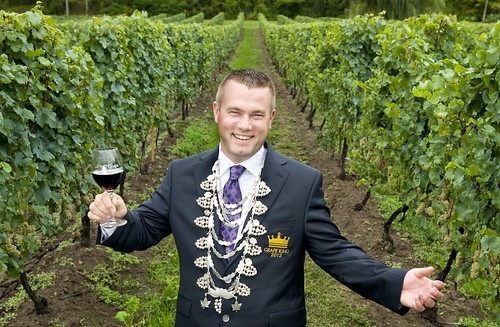 “I got a call from a New York realtor explaining he had a wealthy Chinese client that was interested in purchasing the winery. I told him flat out we weren’t for sale. He went on to say the client was interested in investing capital into a winery and partnering with them. I told him we don’t have or want any partners,” explained Fielding.
“I got a call from a New York realtor explaining he had a wealthy Chinese client that was interested in purchasing the winery. I told him flat out we weren’t for sale. He went on to say the client was interested in investing capital into a winery and partnering with them. I told him we don’t have or want any partners,” explained Fielding.
“Then he went on to say the client wanted to really make icewine and export it to China. I told him ‘sorry that is not our business or in our business plan.’ I thanked him for the call and that was it.”
Fielding and others “get calls weekly and almost daily about exporting wine/icewine to China.”
In Fielding’s case, he says he will never sell and is quite happy making great wine for the domestic market.
“It is, however, quite interesting to see how the Chinese are buying up properties in France, California and Niagara now. A change of things to come? Time will tell.”
Indeed, the market in China and Asia in general is heating up. There is a new-found thirst for the wines being made in Canada and not just icewine.
China was the top export market for Ontario and B.C. wines on a dollar-value basis in 2009, 2010 and 2011, according to Statistics Canada. The U.S. was second.
In 2011, Ontario and B.C. wine exports to China combined to hit $10.5 million. Sales to the U.S. come in at $9.57 million.
Other sales to Asian countries — Hong Kong ($1.8 million), Korea ($1.6 million), Singapore ($1.2 million) and Japan, Taiwan and Malaysia (combined at $1.6 million) — are numbers not to be scoffed at.
More specifically, says Duncan Gibson, finance director of the Wine Council of Ontario, sales to China alone doubled from 2009 to 2011 while overall sales to all countries has jumped from $16.4 million in 2007 to $23.1 in 2011.
•••

Charlie Pillitteri, CEO and president of Pillitteri Estates Winery in Niagara, has had a bird’s-eye view of the explosive growth and interest in Canadian wine, specifically icewine, in the Asian markets.
The family-run Niagara winery is the largest independently owned exporter of icewine into Asian markets, says Pillitteri.
Over 80% of the winery’s 45,000 cases of icewine go to China, Japan, Korea and Hong Kong and that increases every year. But it wasn’t easy to gain a foothold in the Asian markets, Pillitteri says.
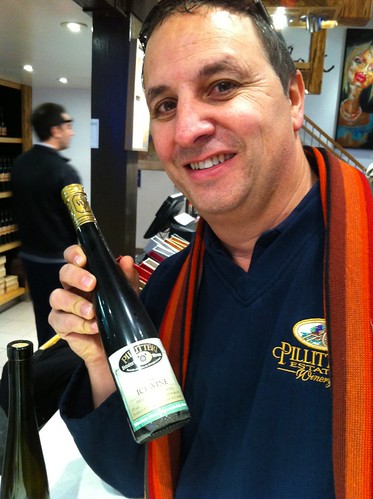
His first foray into the vast eastern markets was in 1995 after being approached to export a container of icewine into Taiwan. He struck a deal to send the wine on consignment (no money upfront) and was surprised to receive a cheque six weeks later and another order.
“I haven’t looked back since,” Pillitteri says. “But would I do it that way today? Never!” He now demands the money upfront after losing $80,000 when he sent a shipment to Korea on consignment.
Pillitteri sells nine different brands of icewine globally and owns 25% of 30 wine stores in China that sells not only Pillitteri wines but also Niagara’s Foreign Affair and Vineland Estate’s Vice (an icewine cocktail).
The winery announced recently that it had signed an agreement with Canbest International Trading to develop wine stores in the world’s most populated country.
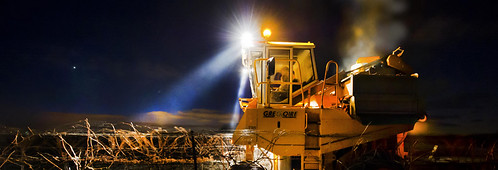
The deal was announced by the government as being worth $20 million over the next three years, though Pillitteri’s president of operations said it’s more realistically worth between $5 million and $10 million, according to reports.
The Canbest stores will offer a variety of Canadian goods, but will start out selling wine only with Pillitteri as the exclusive provider.
Charlie Pillitteri spends a great deal of time protecting the icewine brand from counterfeiting and misrepresentation.
“It’s the Chinese dilemma,” he says. “Making sure your partner doesn’t screw up your brand positioning.”
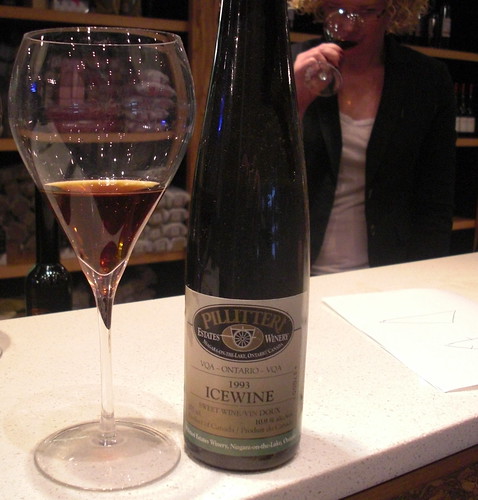 Pillitteri has introduced proof tags to his exported icewines, a security seal that buyers can scan with their electronic devices that assures it’s authentic icewine. He travels to China up to 10 times a year to educate his partners and make sure there’s no counterfeiting of his icewine brand finding its way on to store shelves. Some of his partners aren’t too happy about the new proof tags but Pillitteri insists it’s for their own good. He no longer sells icewine in Taiwan because so many imitations have virtually killed the brand there.
Pillitteri has introduced proof tags to his exported icewines, a security seal that buyers can scan with their electronic devices that assures it’s authentic icewine. He travels to China up to 10 times a year to educate his partners and make sure there’s no counterfeiting of his icewine brand finding its way on to store shelves. Some of his partners aren’t too happy about the new proof tags but Pillitteri insists it’s for their own good. He no longer sells icewine in Taiwan because so many imitations have virtually killed the brand there.
With an insatiable thirst from Asians for Canadian wine, Pillitteri says it’s inevitable that the “nouveau riche” in China would set their sights on ownership in local wineries.
He himself gets calls weekly from Chinese business people or representatives who want to buy the winery outright.
“Typically they are Chinese Canadians calling on behalf of a friend in China looking for a solid investment,” he says.
“These are real people, legitimate business people.”
But they are not willing to buy at any price, he says. “The Chinese are frugal buyers. Their money must make money. They are not foolish. They want businesses that are successful.”
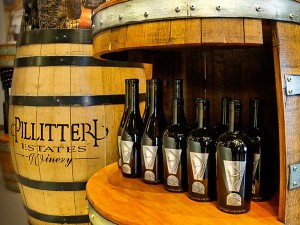 Pillitteri welcomes Asian interests in Niagara. He’s consulting on a new project just getting underway on Lundy’s Lane, one of the main tourist drags in Niagara Falls, where a Chinese tour company is building a winery, planting vineyards and establishing a destination tasting room for visiting busloads of Chinese tourists to come and see how Canadian VQA wine is made.
Pillitteri welcomes Asian interests in Niagara. He’s consulting on a new project just getting underway on Lundy’s Lane, one of the main tourist drags in Niagara Falls, where a Chinese tour company is building a winery, planting vineyards and establishing a destination tasting room for visiting busloads of Chinese tourists to come and see how Canadian VQA wine is made.
“God bless them,” he says. “The more the merrier.”
“If the properties they are looking at are viable, then, yes. If they are buying to pull the wool over Chinese eyes, then, no, it won’t be successful,” he adds.
“Is mainland China going to come here and scoop us up,” asks Pillitteri. “No, there has to be a connection. There has to money to be made.”
•••
As for Marynissen, now owned by three Chinese couples originally from Beijing who formed the Marynissen Wine Company, there is hope and excitement that the new investors will take the winery to its former prominence.
Since the new owners purchased the winery in May, a new business plan has been put into effect. Production, which has slacked off in recent years, is going from 5,000 cases to 7,000 cases this year and will rise to 10,000 cases in 2013 with the goal being 15,000 cases eventually. Of that, half will be destined for wine shops in Beijing.

The new owners would not let their names be used for this story, but the main investors, a husband and wife team, are successful business owners. One owns a pharmaceutical company in Beijing and the other a business in Toronto. The husband lives in China, the wife just north of Toronto and at least one or both visit Marynissen once a week.
They issued this statement through winemaker Jeff Hundertmark (photo above):
“We are so proud to be the owners of Lot 31 and pledge to make John Marynissen’s legacy a lasting one.”
The new owners insisted that Hundertmark, along with the rest of the staff at Marynissen, was kept on when the deal was made.
“When they first came aboard, I was scared shitless,” Hundertmark says. “Everyone has these thoughts of Asians taking over, bleeding us dry and sending all our wine over to China. But these are some of nicest people I have met. They want it to remain Marynissen. They are not interested in turning it into a factory.”
Already, the re-invigoration of Marynissen is taking place. New flowerbeds, windows, planters and flooring in the tasting room are part of the renovation. Flags will line the laneway this spring.
“It was high time someone else carried the flame for Marynissen,” says Hundertmark. “They call us our family. It’s gone from one family to another.”

As Hundertmark well knows, there a lot of wineries in Niagara and other wine regions that are struggling and have quietly put themselves on the market due to many factors not the least of which is growing far too fast. He has a warning for those wineries that don’t proceed carefully with their business plans.
“If North Americans don’t watch their bottom lines, China, India or whoever will take over, take our heritage, but that’s our fault. You need to do a better job with your bottom line.”
Hundertmark considers himself lucky, lucky to have new owners who have bought a Canadian winery because they like and enjoy good Canadian wine and see an opportunity to not only carry on the legacy of Marynissen, but also make it even better and increase production so the wines make it to far more consumers.
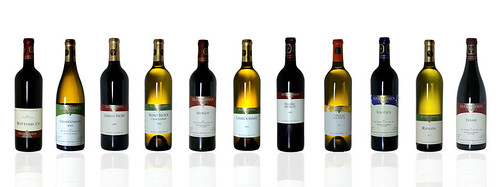
The first shipment of Marynissen wines, mostly reds from the 2008 vintage, were shipped in September for the massive Chinese market. The vast majority of those wines will be going to private buyers for corporate gifting and end of the year bonuses.
With rumours flying of deals in the works and plenty of wineries for sale or already sold, including the purchase of Alvento Winery in Niagara to a Chinese businessman this past fall, expect a lot more Canadian wine to reach the shores of mainland China. It’s the new reality.
•••
Note: This story first appeared in the current (and, sadly, last) issue of Wine Access magazine. It has been updated.)







Comment here